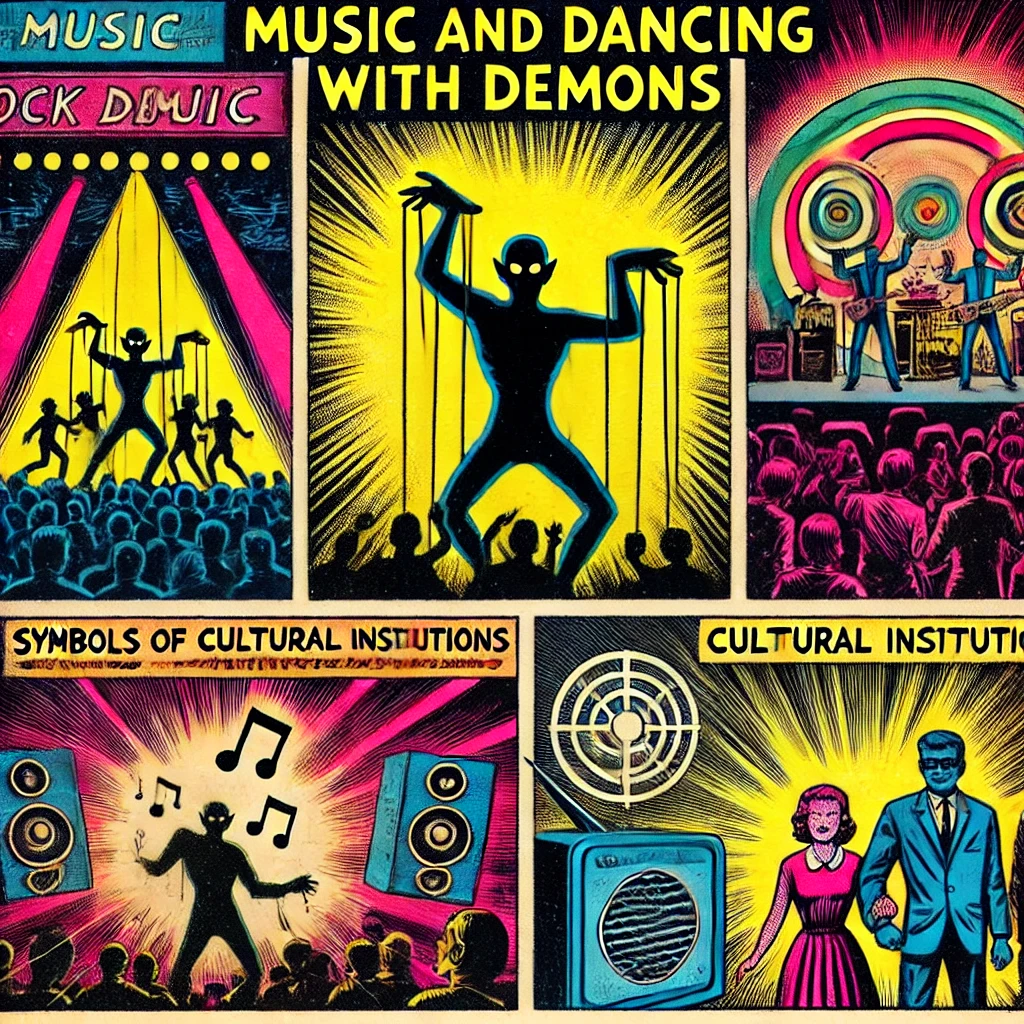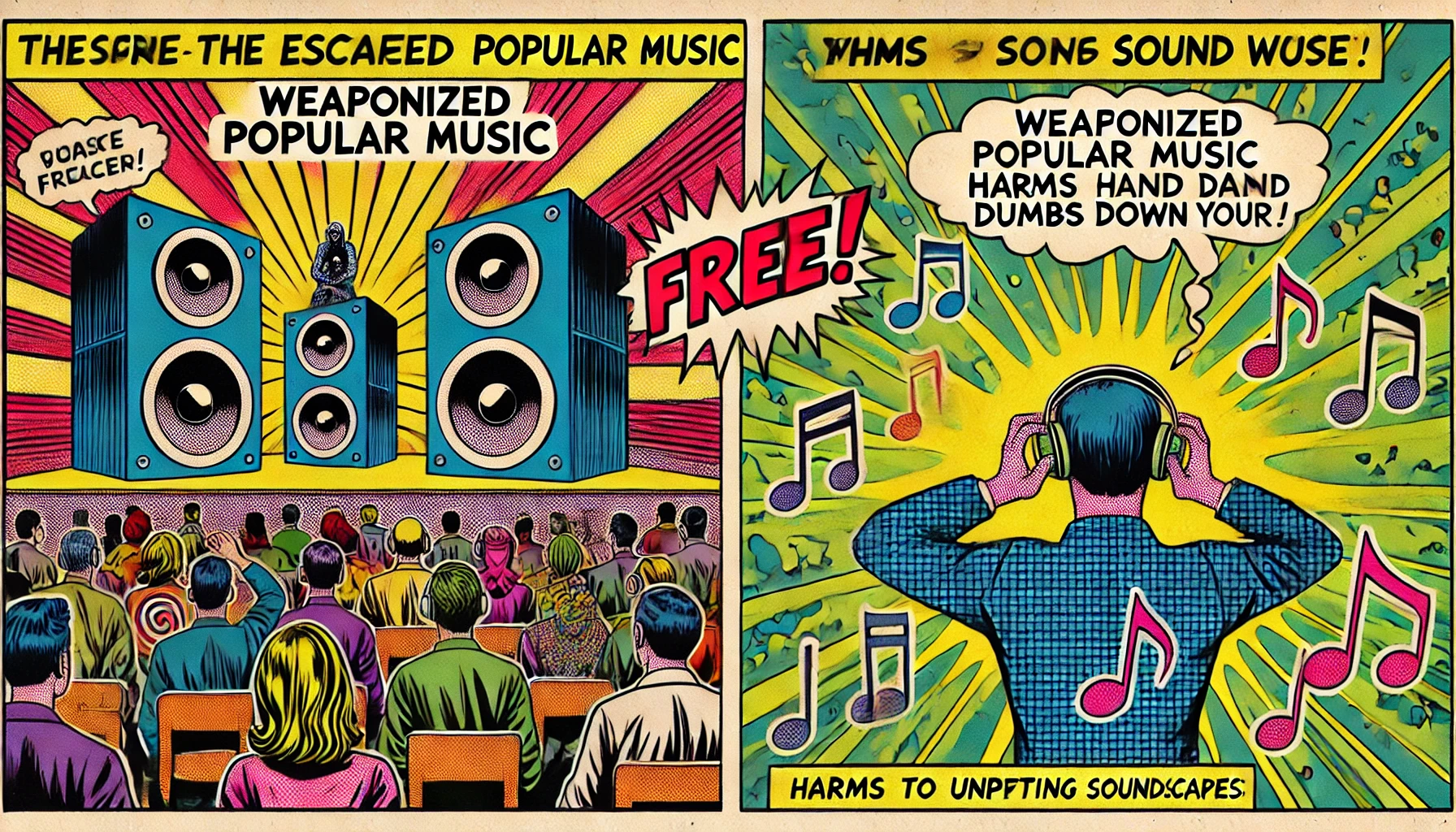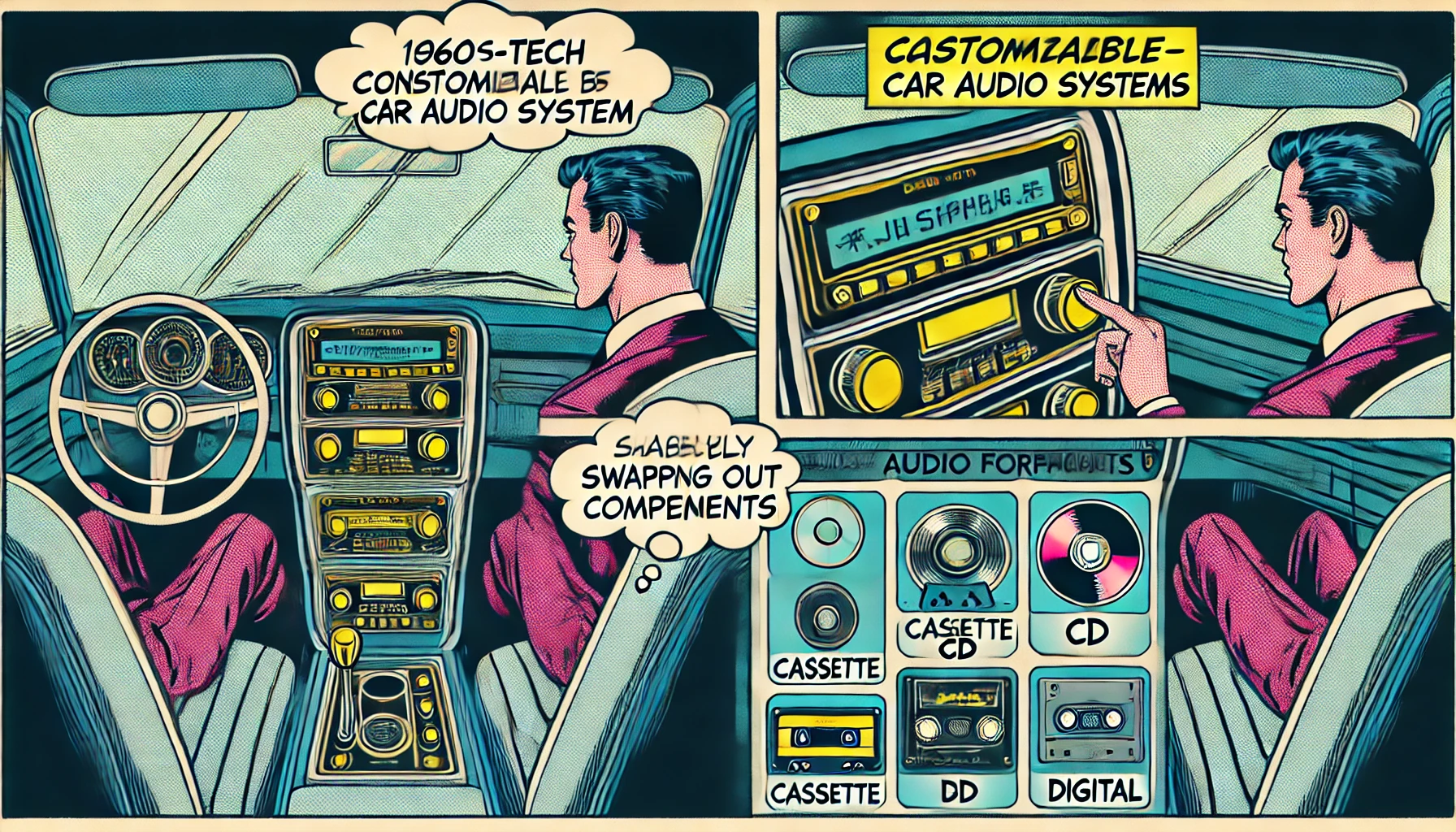 sQo
sQo
Working ATT Skyway Microwave Relay Stations
Working ATT Skyway Microwave Relay Stations The issue was not curvature, which is theoretical; instead, the issue was water absorption of microwave S and C band energies, which is appreciable, combined with appreciable beam divergence, combined with the maximum sensitivities attainable at receivers, combined with the safety limitations rightfully imposed upon terrestrial-layer signal power. The … Read more
Delaware father daughter duo among first to own flying car
Delaware father daughter duo among first to own flying car
Mystical meaning of Hebrew alphabet Rabbi Michael Skobac
Mystical meaning of Hebrew alphabet Rabbi Michael Skobac
Secrets of the Hebrew Language Rabbi Mordechai Kraft
Secrets of the Hebrew Language Rabbi Mordechai Kraft
Truth About Popular Music Too loud and all sounds the same Weaponized music made to upset and harm Ever stupider lyrics dumbing down listeners on purpose
Truth About Popular Music Too loud and all sounds the same Weaponized music made to upset and harm Ever stupider lyrics dumbing down listeners on purpose
Biologic Architecture Sustaining Life Energy Dan Winter
Biologic Architecture Sustaining Life Energy Dan Winter
My perfect car audio system is One that I can change like underwear Mobile Electronics Magazine May 2016
My perfect car audio system is One that I can change like underwear Mobile Electronics Magazine May 2016








